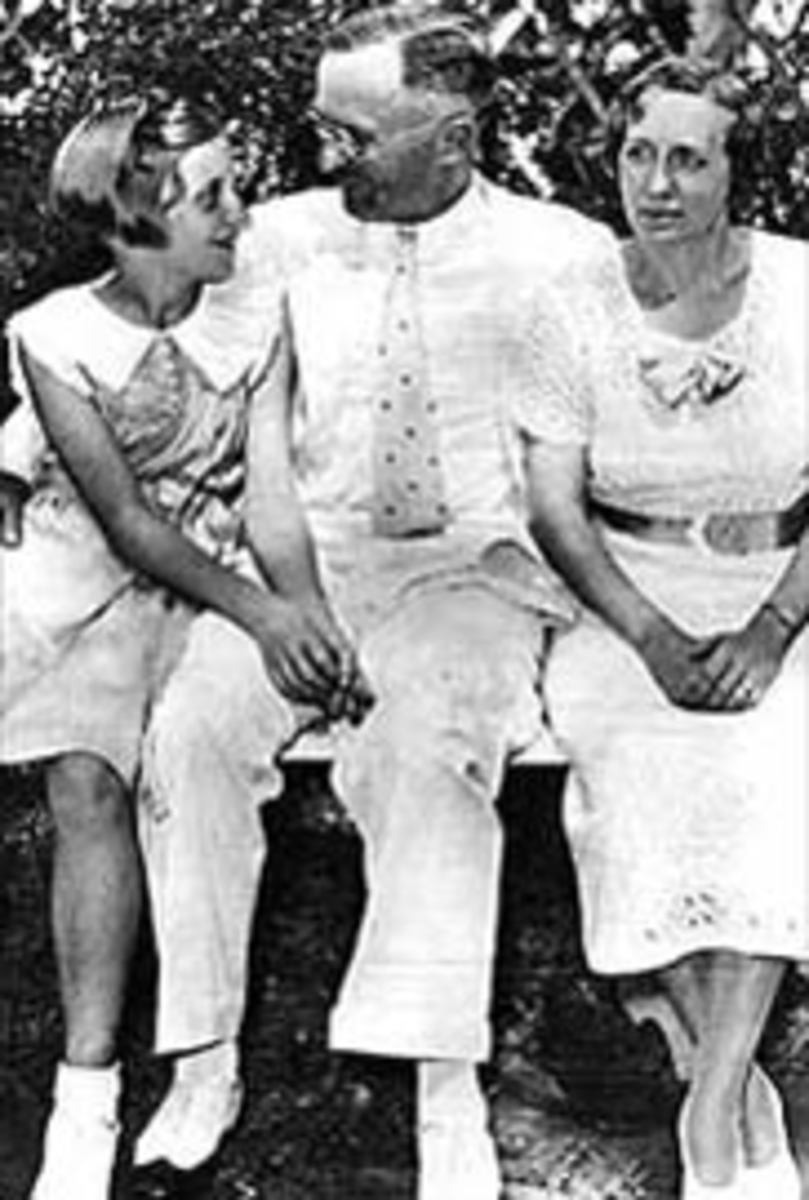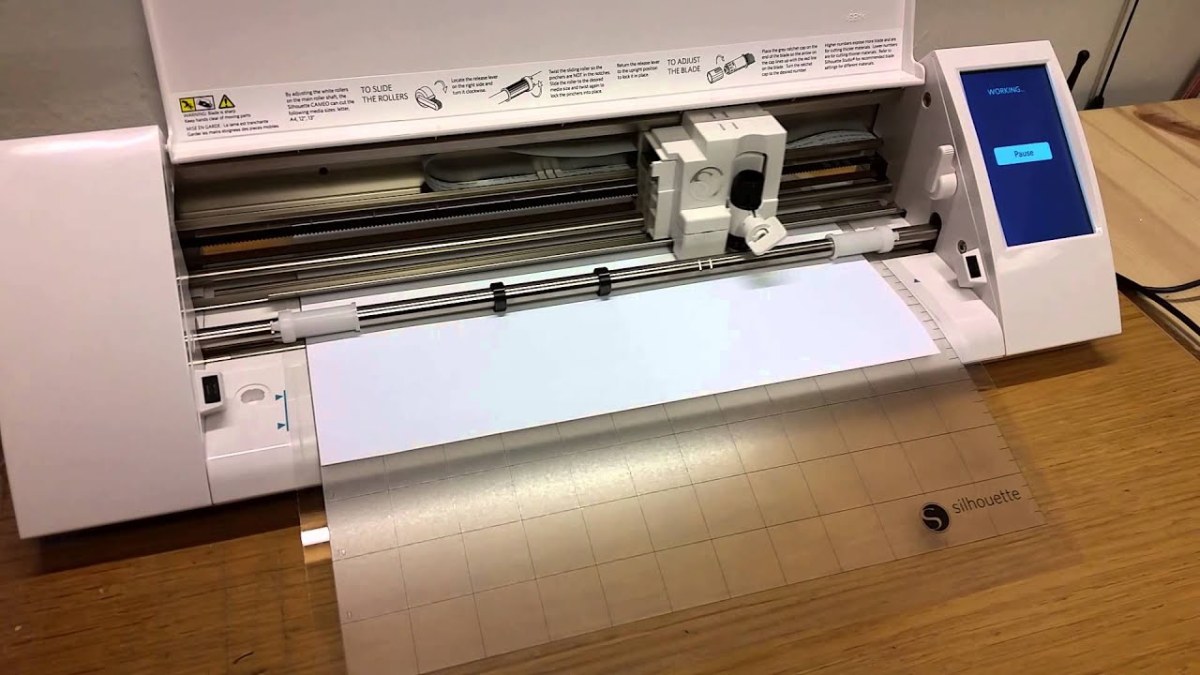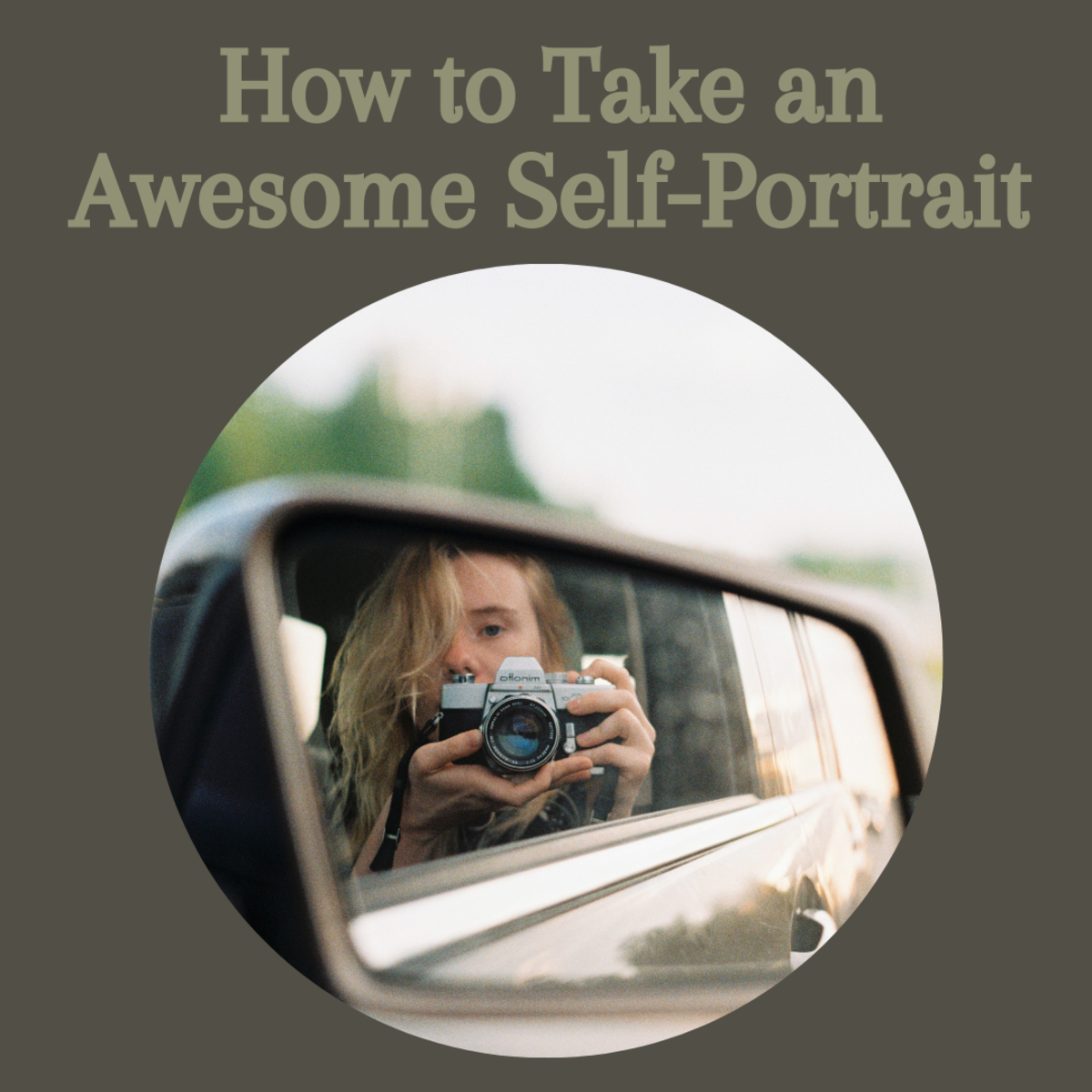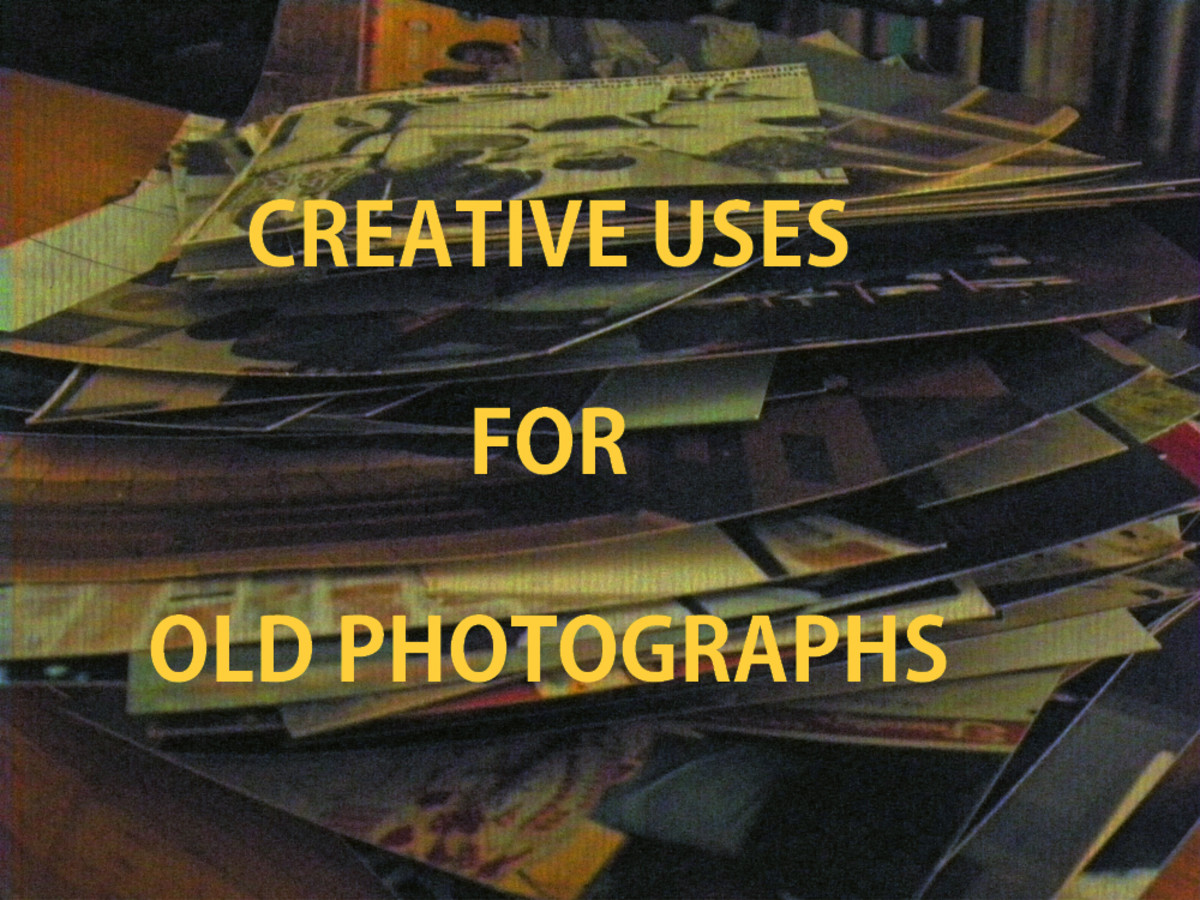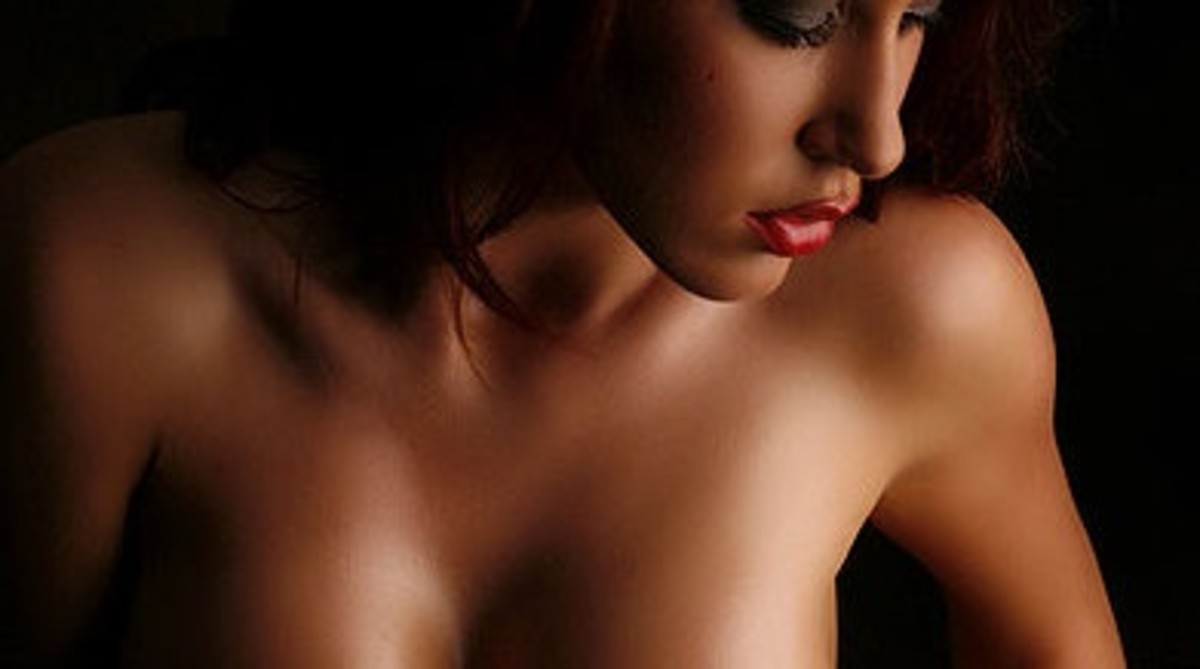How to Take a Silhouette Portrait Photograph
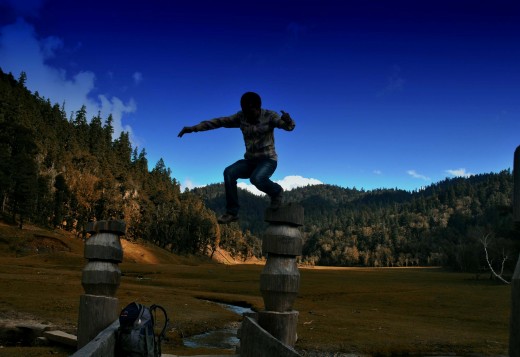
Traditional ways of portrait photography can sometimes be boring. You can be creative by taking silhouette portrait photograph. Lighting plays a vital role in silhouette portrait photography. Lighting frames the body contour, sets the mood of image composition, and hooks the viewer’s attention to the subject and the object in the picture.
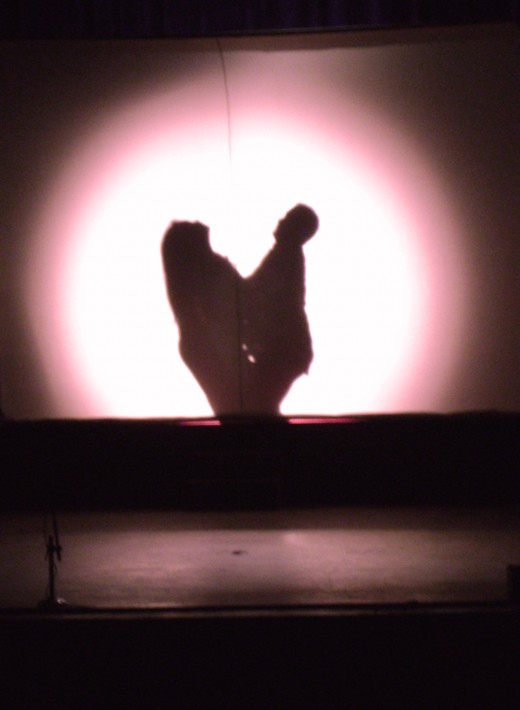
Things You Need While Taking a Silhouette Portrait Photograph
Camera
You must have a good camera to take good pictures. Having said this, the best equipment is the one that you have. If you are passionate about photography, you don’t need a SLR or DSLR, you can create great shots from point and shoot camera, even mobile phones. Unless you are a professional photographer, you don’t carry your equipments every time, however, your mobile phone is always with you. You can take great silhouette portrait photographs from your mobile phones. Mobile photography is becoming very popular these days, handsets come with bigger megapixel camera.
A model
Without a model (subject), you cannot do portrait photography. Posing is important, however, positioning the model is more important. You, the photographer, must face the light source, while bright light must be behind your model.
A source of bright light
Positioning the subject (model) is very important in silhouette photography. Silhouette is created when the bright source of light is behind the subject. If you choose outdoor location, morning and late afternoon sunlight create great silhouette photographs. If you are shooting indoor, you must face to the light source such as lamps, open window, doors etc. and your subject must have his/her back to the light source.
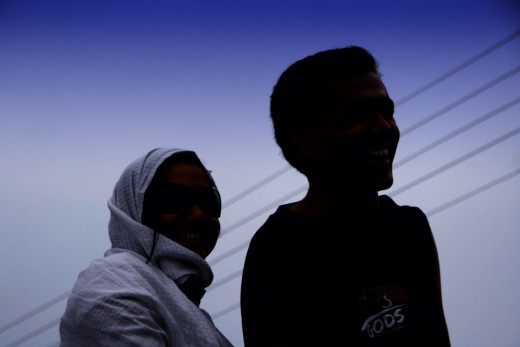
Try these settings
Mode: Aperture Priority (Av)
ISO: 400 (Or more)
White Balance: Custom
Aperture: Between f/6 to f/16
Exposure: -2/-3
Drive Mode: Single shot
Focal length: 35mm to 80mm
For white balance setup, use white paper as reference.
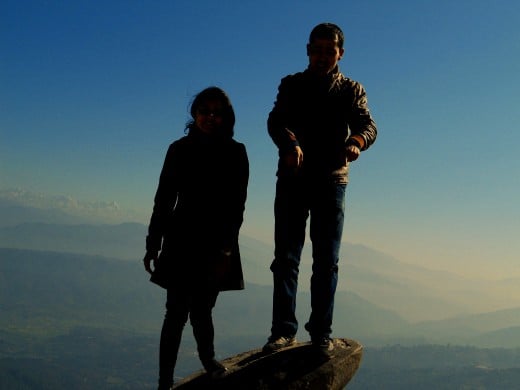
How to Take a Silhouette Portrait Photograph
Camera Setting
Manual
Camera setting is very important to take asilhouette portrait photograph. Some of the cameras such as Nikon DSLR come up with Silhouette Mode. However, you can manually set your camera. The most important things to look while setting your camera manually are shutter speed and aperture.
Auto
Auto mode in a digital camera makes easier to take a picture. When your camera is in auto mode, it automatically determines how to expose your picture, i.e. it brightens up the subject, and darkens the object (background). To take a silhouette, you have to underexpose your subject.
If you have set your camera in auto mode, focus your camera at the bright part of the background and press the shutter halfway. Now, focus on the subject in lowlight, still pressing the shutter halfway, and then click. Don’t set your camera in auto flash mode if you want to take silhouette.
Model positioning
Interesting body pose creates beautiful photographs. Your silhouette photographs will look dull, if you don’t capture body contour.
Framing
The golden rule of third also applies to silhouette portrait photography. Don’t position your subject in the center. Leave enough space on one side of the frame.
Never use flash
Silhouette is created when the background (object) is bright and the subject (foreground) is dark. When you use flash, it is brightens your subject.
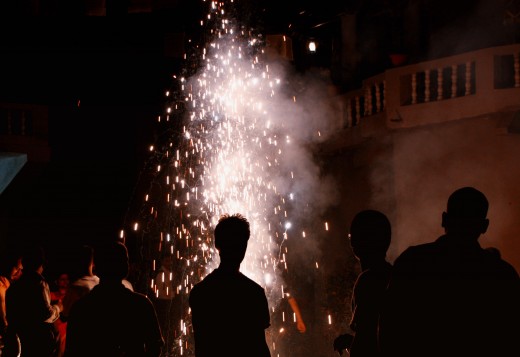
What do you think about silhouette photography?
10 Ways to Take a Silhouette Photograph
- Try to capture your subject in exposed background, where objects are visible. Your subject must be underexposed.
- Compose your picture with light on one side and shadow on the other side. Avoid light coming from behind the camera.
- Background must be brighter than foreground. Your model will generate wonderful silhouettes when there is backlight.
- Profile positioning (side view) will create better silhouettes than frontal pose. If you want to shoot frontal pose, you can ask your model to raise hands, angle in certain direction, or hold props.
- Capturing body shape is important, models wearing fitting clothes will generate interesting silhouette. Make your model wear dark clothes rather than bright ones.
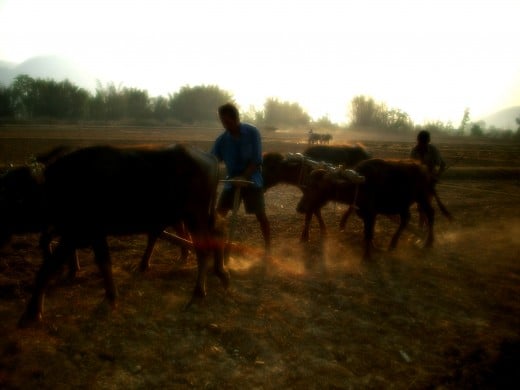
- Color, texture and tone of the subject are not visible in a silhouette photograph. You can compensate these elements by choosing interesting background and asking the subject to create interesting body posture.
- If you are using artificial lighting, don’t brighten your subject, rather use the light to brighten the background. Light source must be behind the subject.
- Anti-light creates good silhouette. However, try to avoid direct light on the lens, especially when you are shooting in daylight.
- If you have more than two subjects, don’t make them stand too close. If your subject is using props, make him/her hold it away from the body.
- Don’t let your subject take the entire frame. Capture the subject as well as the surrounding. Be ready to experiment with different body posture. You can take a complete silhouette or a partial silhouette.
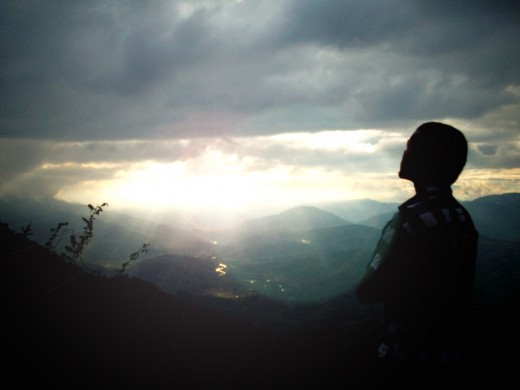
© 2013 Vinaya Ghimire


